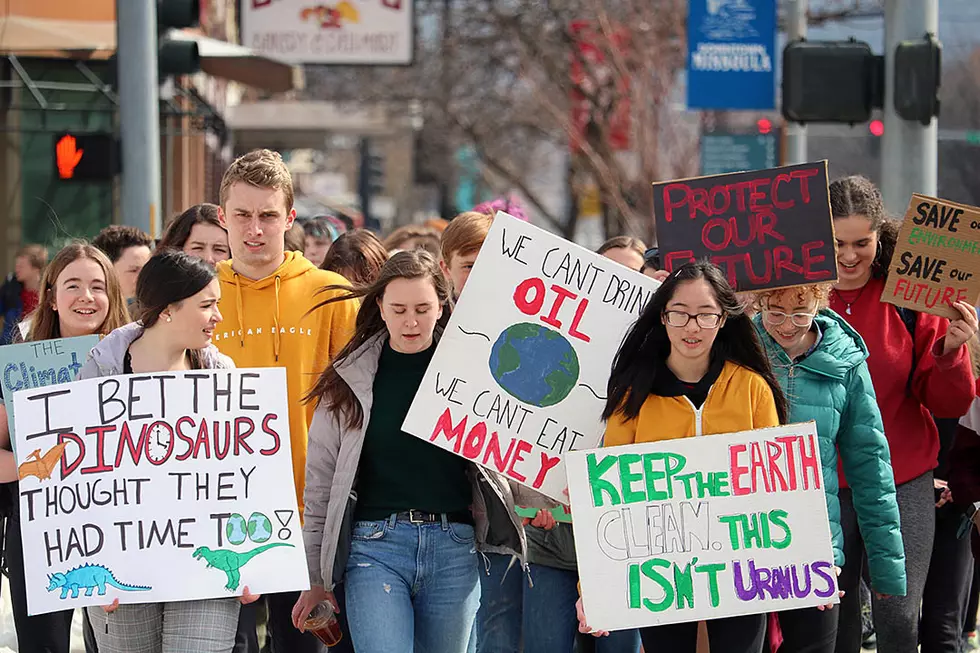
Global climate policies lack ambition to remove carbon dioxide, study says
Kendra Leon Barrionuevo
(CN) — Countries around the world are working to limit global warming to 1.5 degrees Celsius, as set out by the Paris Agreement — though a study published Friday in Natural Climate Change says they are not doing enough.
Every year, the United Nations Environment Programme publishes its Emissions Gap Report, which details the difference between countries’ climate protection pledges and what is necessary to limit global heating to 1.5 degrees Celsius, or at least below 2 degrees Celsius.
The Berlin-based Mercator Research Institute on Global Commons and Climate Change, the University of East Anglia and an international team of scientists led the study, which focuses on carbon dioxide removal from the atmosphere.
According to the scientists, if countries fully implement their national targets, they can increase annual human-induced carbon removals at a maximum of 0.5 metric gigatons of CO2 (550 million tons) by 2030, and at a maximum of 1.9 metric gigatons (2.09 billion tons) by 2050.
However, the team says that to hold warming below 1.5 degrees Celsius, the world would need to remove 5.1 metric gigatons (of CO2).
The researchers calculated what they called a focus scenario with this entire century’s global heating limited to 1.5 degrees Celsius. They depict a core climate-protection strategy that rapidly expands renewable energy and reduces fossil fuel emissions. The downside of this scenario is that it relies on scaling up carbon removals, which the study says would still leave a gap in 2050 of at least 3.2 metric gigatons of CO2 — the ideal 5.1 metric gigatons minus the best-case 1.9 metric gigatons countries are now on track to remove.
An alternative focus scenario focuses on politically initiated changes to sharply reduce global energy demand. According to the scientists, this scenario increases carbon removals by 2.5 metric gigatons in 2050. If nations meet their targets, there would be a much smaller gap in 2050 — only 0.4 metric gigatons. That said, there are issues with this method.
The researchers said climate governance already has conventional CO2 removal on land, but there are difficulties in monitoring, reporting and verification. Also, depending too much on land-based removals creates problems with land availability, food production and ownership rights, among other challenges. However, the team stressed that there is still room to design fair and sustainable land management policies.
Besides the difficulties of implementing any of these scenarios, perhaps the greatest challenge in achieving the Paris Agreement's goal is the lack of available information.
So far, only 40 countries have quantified their CO2 removal plans in their long-term strategies, so the study's authors had to draw on other national documents and hypotheses. If a long-term strategy did not include specific numbers, the team assumed that a country would continue any current conventional land CO2 removal until 2050. In the nationally determined contributions, most countries described the total land-use change and forestry flux in their scenarios instead of a breakdown of emissions and removals in this sector.
“The calculation should certainly be refined,” said William Lamb of the MCC Applied Sustainability Science working group. “But our proposal using the focus scenarios further opens the discourse on how much carbon removal is necessary to meet the Paris Agreement. This much is clear: Without a rapid reduction in emissions towards zero, across all sectors, the 1.5 degrees Celsius limit will not be met under any circumstances.”
